Birds are, as we all know, fascinating feathered creatures. However, it’s their beaks that have us squawking! Let’s take a peak at some of the most bizarre bird beaks.
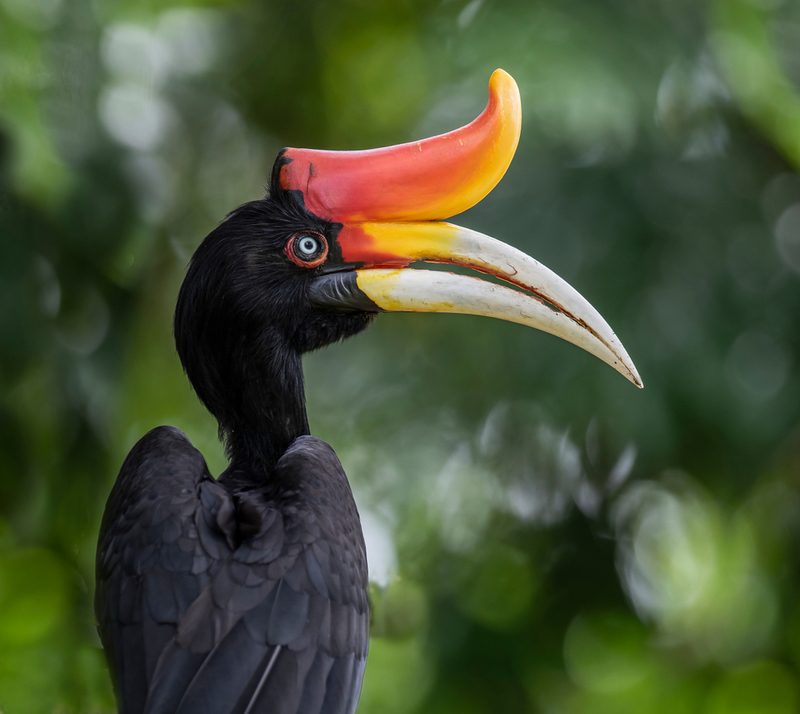
All hornbills have a feature on their bills called a casque (hence the name “hornbill”), but the rhinoceros hornbill’s casque is the most impressive. The bird’s calls are thought to be amplified by these hollow chambers!
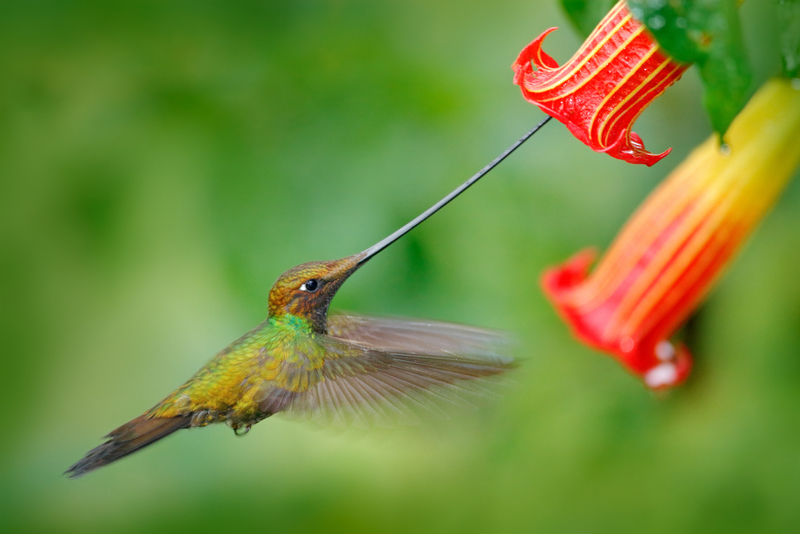
The Sword-billed Hummingbird holds the superlative of “The only bird with a beak longer than its body.” They use their 3 to 4-inch beak to extract nectar from flowers such as passion flowers and Fuschia.
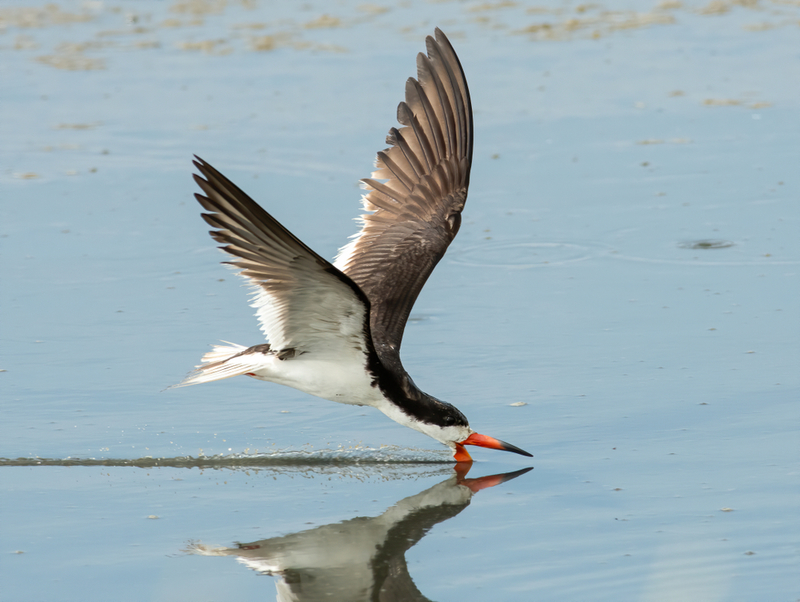
The bill of the black skimmer is unusual in that the lower mandible is.5-1.25 inches longer than the upper. When you consider how the bird feeds, this avian underbite makes sense: As it flies over the surface, it drags the bottom half of its beak through the water, scooping up fish. Talk about a fly-through! The lower mandible of the black skimmer has such a narrow tip that water resistance against it is almost non-existent.
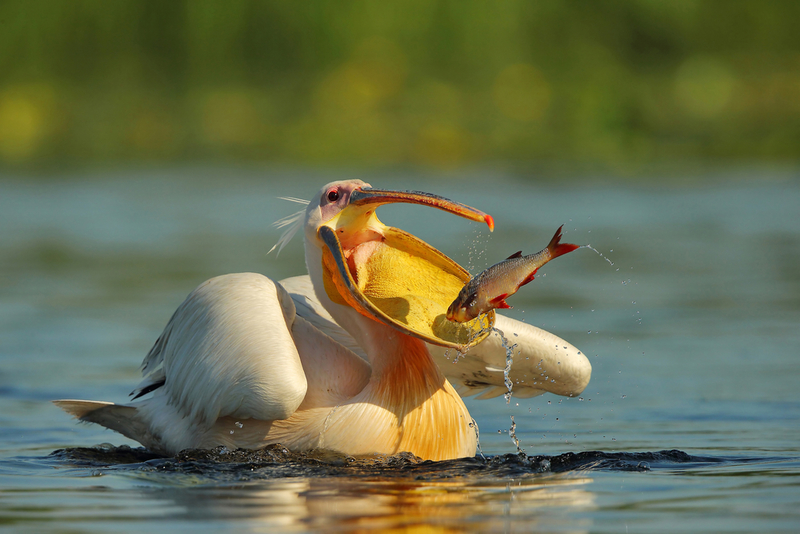
The bill of an American White Pelican is large enough to hold enough water to flush two toilets! Its massive beak can range in length from a foot to a foot and a half. You may be wondering what that strange growth is atop its bill? Surprisingly it’s there to attract a mate. Once the Pelican’s love story is complete and eggs are laid, the growth will fall off.
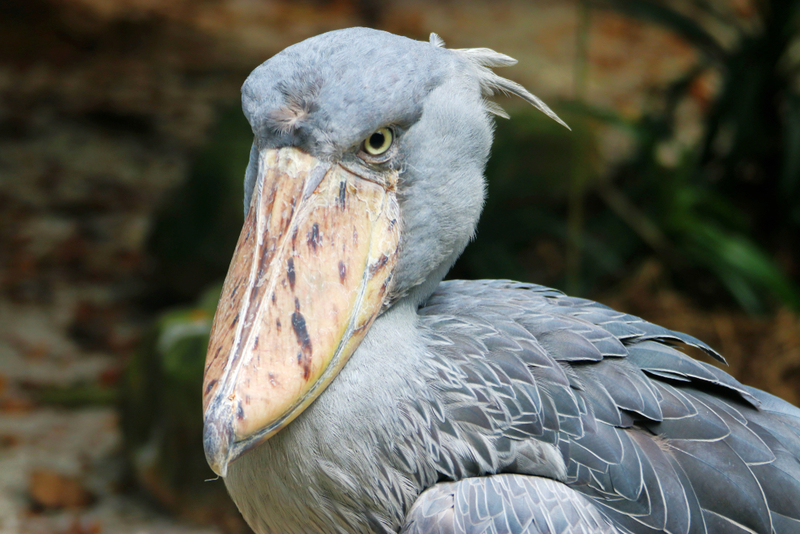
This east-central African feathered friend is named after its shoe-shaped bill. Instead of a boring human wave, Shoebills say hello by bashing their beaks against one another. Their beaks also make for great scoopers to catch small mud-dwelling animals.
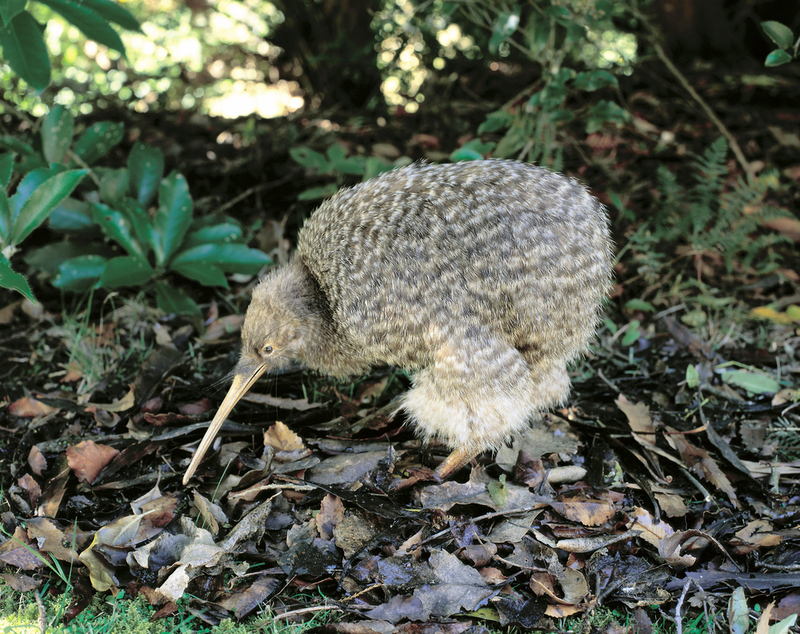
Did you know that the only bird with nostrils at the end of its beak is the Kiwi? They hunt for food in the leaves using their incredible sense of smell. In fact, after the Condor, they have the best sense of smell in the bird kingdom.